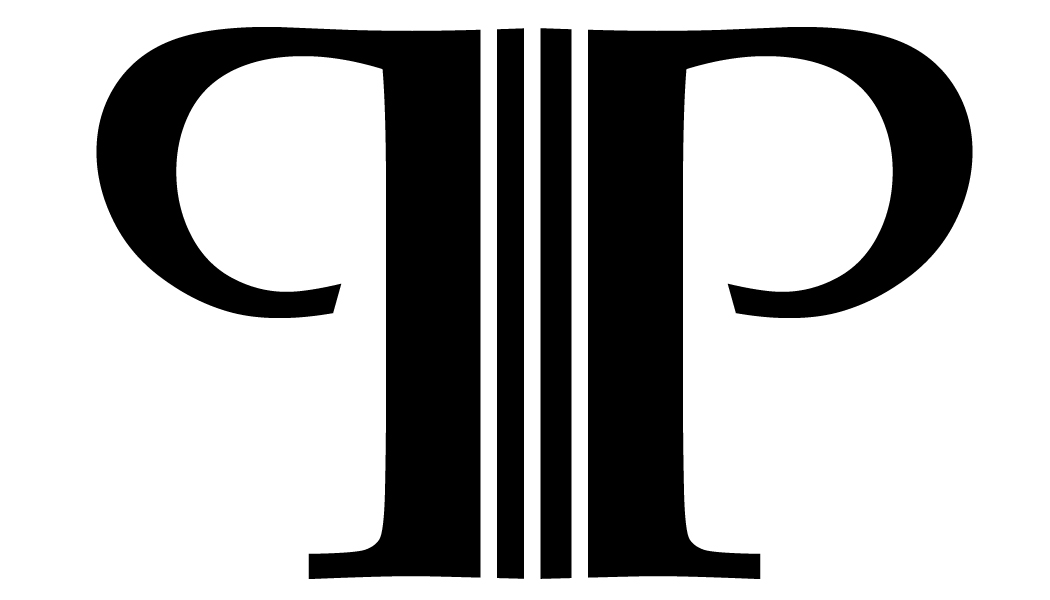LOOKING FOR CELLOS IN THE
$2000 - $7000 PRICE RANGE
No matter what cellos we have in inventory at any given time, the bulk of requests from customers comes for cellos in the above price class.
Which brings us to an oft-asked and somewhat sensitive question: how much do I have to spend to get the really great sound I want?
As dealers who have specialized in cellos for nearly 20 years, it is certainly in our interest to tell you that the more you spend, the better sound you will get. But from what we’ve experienced, this doesn’t necessarily follow. Are the great Strads out there in the performing world great players? You bet. But of the 60-some extant Strads, only a handful are considered concert instruments, although all will command big prices at auctions or private sales.
What really determines a cello’s financial worth is a combination of two things: pedigree - who made it (including when and where the maker worked) and its condition. Other things being equal, it is almost always financially better for a cello to be Italian than French, French than German etc. It is usually better to be older: 1700’s is more valuable than 1800’s etc. Please notice that nowhere is mentioned how an instrument sounds or what it’s like to play it. Not that these things aren’t hugely important to a buyer of a cello of any ilk: but it has little to do with the price.
Some years ago a group of people performed a trial in which three violins: a concert Strad, a new violin by a very reputable maker, and an early 1900’s German commercial violin where played on stage in a large hall by the owner of the Strad who was a concert violinist. A number of people, including the owners of the other two instruments, stood in the back of the hall facing AWAY FROM the stage so that they could not see the instruments. The listeners then rated each violin, and were asked which violin they thought they were listening to each time one was played. Interestingly all three violins received about equal ratings, and almost none of the listeners could identify which instrument they were listening to including the owners of the two non-Strads.
Many times in our shop, there is a cello which to almost all ears outplays all the others. In most cases, it is not the most expensive cello there, in some cases it is a fairly low priced one. It bears mention here that we do most of our “sound tests” so that the listeners are not facing the cellos.
Melissa, Rob and I have all gradually come to the conclusion that there can be something of a myth surrounding “important” instruments. That if a cello possesses the right pedigree, it will have a certain quality of sound. String players speak of the “Italian sound” and the “French sound”, neither of which I’ve ever found to be unique or even common among cellos with those specific ancestries. A number of years ago, a fine professional cellist I knew was performing on a late 1600’s Italian instrument. She spoke of its power and tone which was unique to its maker and that no cello that she had ever heard or played on had ever come close to it. A few years later she took it to a shop in New York to have some work done on it, and the shop’s expert informed her that her cello was actually a 150 year old German instrument with an Italian label. Crushed, she started to realize that she had indeed been mistaken about the sound: that it wasn’t the dark Italian tone that would only come from an instrument with that history, and that its power maybe wasn’t that large. Some time after that, another shop told her that it was actually what she first believed, and she resumed performing on it, confident in its Italian sound and power.
Another story involves a fine cellist in the southern U.S., a soloist and principal cellist for a major symphony. He came to us looking for a good playing cello to replace his current instrument, a fine French cello, which he had played on for years. He ended up purchasing an early 1900’s German commercial cello which played so well that his conductor, and a number of others believed had to be Italian. The cost of the cello was $5000.
Money can buy you pedigree (if you’re careful) but not necessarily sound. If you want great sound and are on a budget, look at cellos, especially (but not limited to) older ones, in the $2000-$7000 range. If the cello is old, the lower the price, usually the more repairs are in it. If the repairs are done well, the dealer should be able to guarantee them – fix them for free if they fail – for as long as you own the cello: which takes the fear out of them. Also, a cello with a lot of repairs doesn’t necessarily mean it is fragile, it may just have been treated roughly. Also, our experience is that great sounding cellos are often that way because the wood, especially the top, is brittle. And brittle wood cracks more easily than soft springy wood. But don’t shy away from these either, just treat them carefully as you would any cello.
If you spend time and look in the right places, you can eventually find a great player for less than $7000. Maybe a lot less.
